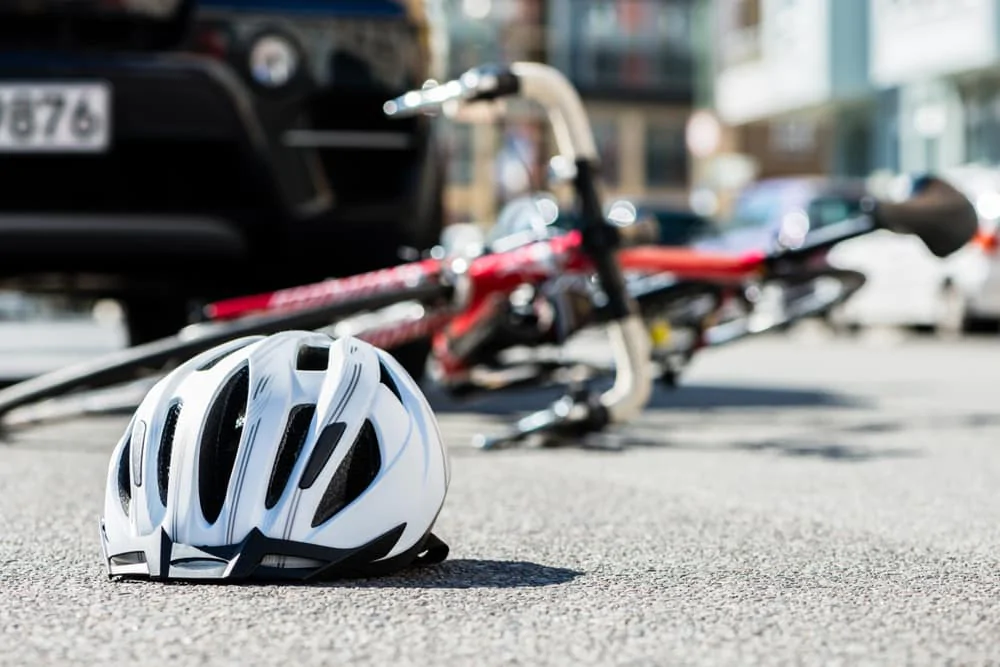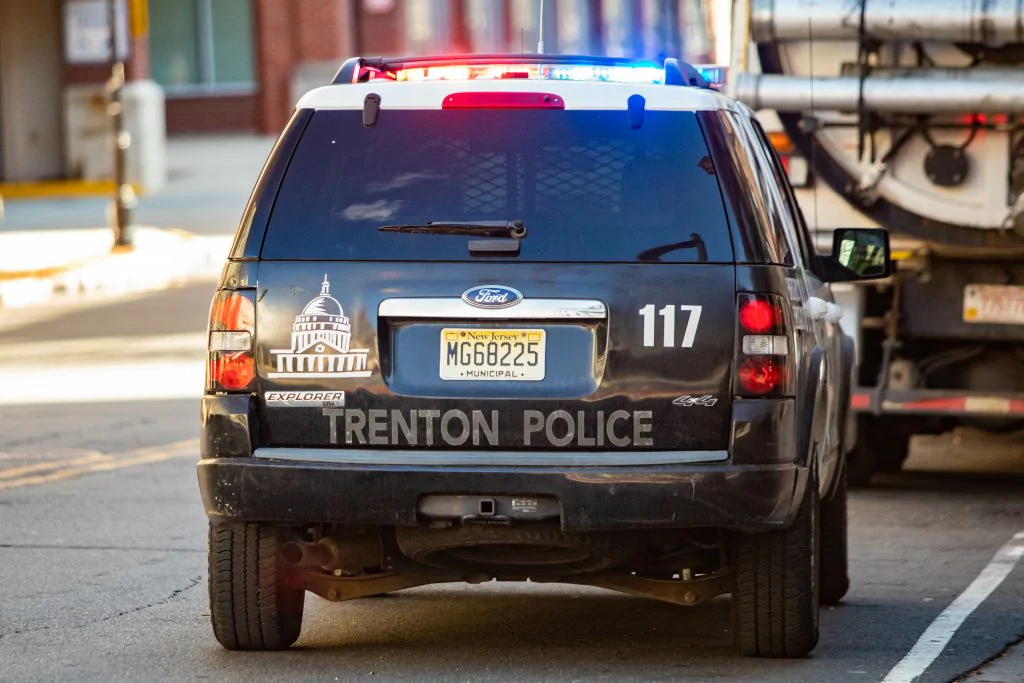Biking is an extremely common mode of transportation in New York City. Traffic congestion is clearly a motivator, as well as ecological and health concerns. The downside of this trend is while cars are becoming safer and safer, both pedestrians and bicyclists remain at great risk on city roads. Bicycle accidents represent just 2.1 percent of all crash fatalities in NYC each year. However, over 80% of all bicyclists that are involved in city traffic accidents suffer severe injuries, and/or death.
Serious head trauma accounts for most deaths, according to the Insurance Institute for Highway Safety (IIHS). Without helmets, the risk of brain injury rises 50 percent. According to the Centers for Disease Control and Prevention, for every person killed in an accident, eight are hospitalized and 99 treated in the ER. The ThinkFirst National Injury Prevention Foundation estimates that bike injuries result in 580,000 annual ER visits and almost 23,000 hospital admissions.
Bicycle Fatalities at Epidemic Level in NYC
Accidents involving bicyclists and pedestrians are greatly influenced by time and location. Nights are dangerous with most accidents occurring between 6:00 p.m. and 9:00 p.m. Busy streets, especially intersections, are dangerous for cyclists. Mayor Bill de Blasio is calling “epidemic” the 19 bicycle fatalities that occurred in NYC as of August 2019, almost double last year’s death toll. And this mega city is not an anomaly. Across the nation, rural areas are seeing 25 percent of fatalities while cities claim 75 percent. Even gender can have a role in accident stats with men 8 times as likely to be killed than women and facing higher personal injury rates.
Surprisingly, it’s not the juvenile cyclist that’s leading the fatality figures. For reasons including alcohol use (37 percent) and helmet neglect (over 50 percent), adult cyclists make up 88 percent of the deceased. The average age of cyclists killed in accidents was 46 in 2016, reports the NHTSA. The single most important safety-measure a cyclist can take, helmets are 85 to 87 percent effective in reducing brain injury, according to the ThinkFirst National Injury Prevention Foundation. Yet it’s disturbing to note that over half the cyclists who lost their lives in 2016 chose not to wear a helmet. It’s important to note that, while helmets are not required by law in every state, they save lives.
The Hardship of Traumatic Brain Injury
Amid such widespread helmet resistance, organizations like the Brain Injury Association of America are helping to spread the word about just how devastating, though potentially preventable TBI can be. TBI is caused by trauma. Which is a general term used to describe any change in the way a brain functions after some external force has been applied to it.
Bicycle accidents, car accidents, and motorcycle accidents are responsible for 20 percent of all brain injuries, a devastating condition that strikes victims not only physically but emotionally, behaviorally, and cognitively as well. Imagine having sudden mood swings or difficulty processing information, along with chronic pain and numbness. This could all become a way of life for TBI victims, who might not realize anything is wrong and seek the appropriate care. Since early treatment is key, it often takes alert friends and relatives to step in, especially in the mild cases, which make up 85 percent of all TBI yet are commonly missed on an MRI. Making it even harder to diagnose, the condition, which can impair different parts of the brain, affects no person in the same manner.
TBI takes an enormous toll on society, both in impairment (3.2 to 5.3 million Americans are living with long-term or lifelong disabilities from a TBI) and in financial costs, which amounted to $600 million in 2000 in the U.S. in lost income, premature death, and more. As a law firm that has assisted many of these victims, our hearts go out to anyone enduring the hardship of a TBI and fighting to regain control of their lives to the degree possible.
No discussion of bicycle safety can ever be complete without considering the helmet’s role in reducing the risk of TBI. But how does a helmet get the job done? A proper helmet, typically one with an outer shell of thick plastic foam, cushions the blow. The force of the impact is distributed over the surface of the helmet, sparing any single portion of the head.
New Tech Helmets Put Science on Your Side
Today, advances in technology have made helmets more protective than ever for bicyclists, motorcyclists, and those in certain sports. One giant step forward is the Multi-directional Impact Protection System, which protects the brain by reducing the rotational forces characteristic of some impacts. It’s called a brain protection system, but don’t think “bulky.” A MIPS helmet is not heavier or less comfortable than a regular helmet, just safer. Another advancement is Trek’s Bontrager WaveCel helmet with a collapsible cellular structure that crumples to absorb impact before reaching your head. The results? Trek claims the helmet makes the cyclist 48 times less likely to get a concussion than with a foam helmet. Consumer Reports, known for its rigorous testing, also includes this helmet as a top pick for safety. But another reliable gauge for any helmet’s safety is its rating from agencies like the Consumer Product Safety Commission and Snell Memorial Foundation.
According to the American Academy of Orthopedic Surgeons, a reliable helmet must be stable—it cannot rock or tilt on your head; snug—only the proper fit will provide protection; and level—helmets must fit square on the top of the head and cover the top of your forehead.
If your helmet is old or has been in an accident, it’s best to get a new one. Once tested only for their ability to protect from severe injuries like skull fractures, helmets are now also tested for concussions, and there are new ratings systems, such as that developed by Virginia Tech University.
What’s ahead for road safety? The National Safety Council is optimistic. Its Road to Zero Coalition has set a goal to end road deaths in the U.S. by 2050 with everything from greater enforcement of laws to more life-saving technology and better infrastructure. Can it happen? We can all do our part to be safe on the roads, which for bicyclists means obeying all the rules just like any other driver and welcoming their best friend on the road—a quality helmet.




